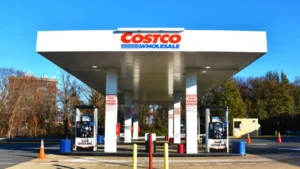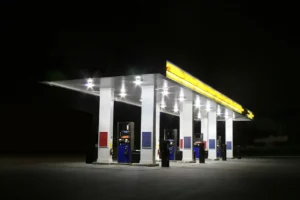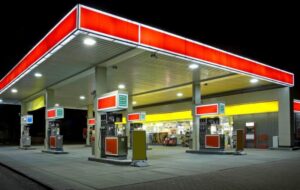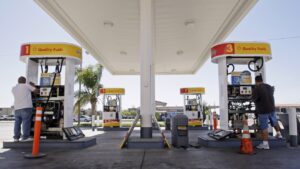
Why Is Costco Gas So Cheap? The Truth Behind the Savings
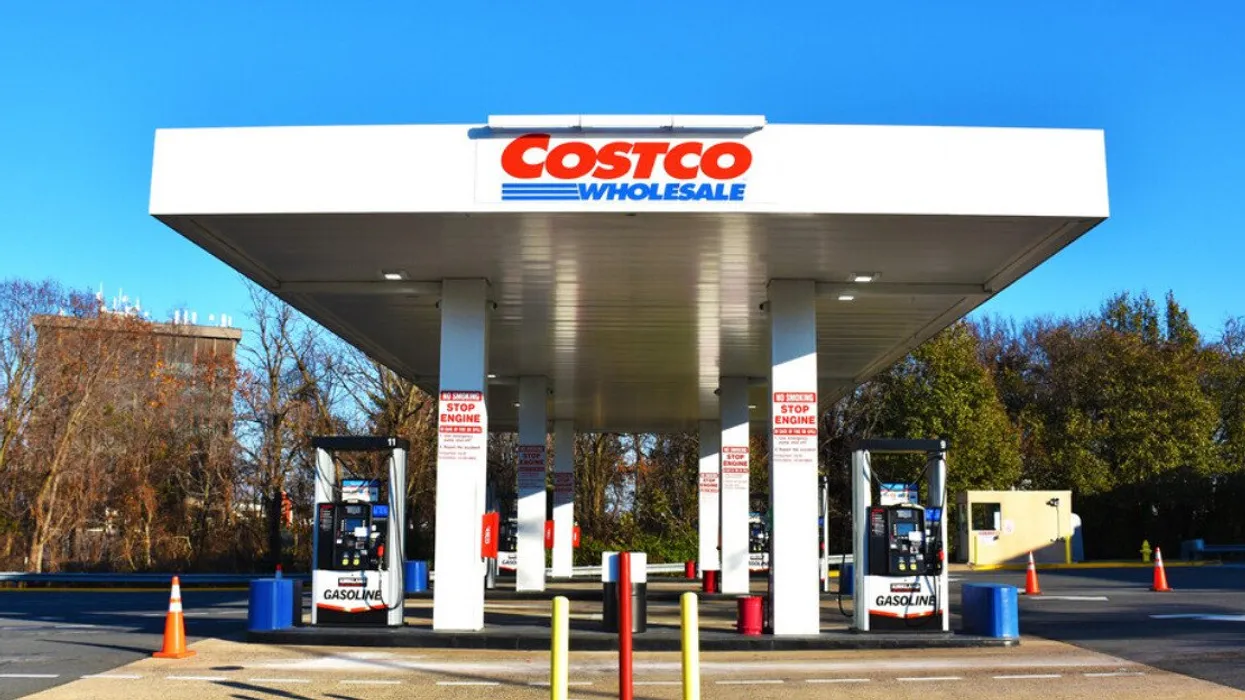
Costco gas, known for its bulk buying and unbeatable prices, has built a reputation as a go-to store for savvy shoppers looking to save money. But one of the most attractive offerings Costco provides is its gas stations, where customers can often find fuel prices significantly lower than those at other gas stations. The question on many people’s minds is, why is Costco gas so cheap? How does the company manage to keep fuel prices lower than competitors, and is it really worth the effort to drive to a Costco gas station for your fill-up?
In this article, we’ll dive into the truth behind Costco’s cheaper gas prices, explore the various factors that contribute to its low rates, and help you decide whether it’s worth your while to head to Costco for your next gas purchase.
1. Bulk Buying and Efficient Supply Chain
Costco’s Business Model
At the core of Costco’s pricing strategy is its unique business model, which relies on bulk buying and efficient logistics to pass savings directly to customers. Costco operates on a membership-based model, meaning it charges a yearly fee to access its warehouses and services. The company has a business philosophy centered around high-volume sales with low margins. This allows Costco to buy goods—whether they are groceries, electronics, or fuel—in massive quantities, securing them at lower prices, which can then be passed on to the consumer.
In the case of gas, Costco purchases large volumes of fuel from major oil suppliers, taking advantage of bulk pricing that smaller gas stations cannot access. This enables them to offer gas at a reduced price compared to their competitors, who typically buy fuel in smaller quantities and must mark up their prices to cover operational costs.
Costco’s Efficient Supply Chain
Costco’s efficient and streamlined supply chain is another factor in its ability to sell gas at cheaper prices. The company has optimized its operations for maximum efficiency. Gas stations are located in areas with high traffic volume, typically near Costco warehouses, which means they can sell a large amount of fuel to customers who are already members and shopping at the warehouse.
This “one-stop-shop” model reduces overhead costs for both Costco and its customers. Costco does not need to operate independently of its primary business since its gas stations are just an extension of the store’s existing operations, ensuring low operational costs and cost-effective distribution of fuel.
2. Costco’s Low Operating Costs
Minimal Overhead
Costco keeps its operating costs low across the board, and the gas stations are no exception. Unlike traditional gas stations that often have larger storefronts and employ numerous staff, Costco’s gas stations are typically designed with minimal infrastructure. Most Costco locations have simple, no-frills gas pumps, which cuts down on expenses related to the upkeep of a larger convenience store or gas station.
Additionally, Costco typically has fewer employees at the gas station, and it relies more on automated systems, helping the company reduce labor costs. While many gas stations may offer food, drinks, or car washes to attract customers, Costco focuses solely on selling fuel, which further cuts down on overhead.
Limited Advertisement and Marketing Costs
Another reason why Costco can afford to offer lower gas prices is that they spend very little on advertising and marketing for their gas stations. Most of Costco’s business comes from word-of-mouth, and they don’t need to promote gas sales aggressively. Additionally, their membership-based structure already drives traffic to the stores, ensuring a steady flow of customers who will also stop by the gas station while shopping. Therefore, Costco doesn’t have to spend large sums on marketing campaigns to attract drivers, keeping its costs low and passing on the savings to its customers.
3. Membership-Only Access
Why Membership Drives Savings
One key factor that allows Costco to sell gas at such competitive prices is that access to Costco gas stations is limited to members only. Membership fees can range from $60 to $120 annually, depending on the type of membership. This membership fee serves as a way for Costco to generate consistent revenue, which helps offset the costs of selling fuel at discounted prices.
Because only paying members can purchase gas at Costco stations, the company doesn’t need to compete with local gas stations, who rely on foot traffic and non-member customers. The fee essentially ensures that Costco has a loyal customer base, allowing the company to set its prices lower without sacrificing its profit margins.
Members-Only Benefits
Costco members also benefit from additional perks, such as discounts on fuel, which drive customers to the gas station. These benefits create a sense of loyalty and exclusivity, motivating customers to fill up at Costco whenever possible, even if it means driving a little out of their way to get to the nearest location.
4. Lower Margins and Focus on Volume
Costco’s Approach to Pricing
Costco’s approach to selling fuel involves a very different pricing strategy than many other gas stations. Unlike most gas stations that operate with high-profit margins per gallon, Costco typically operates on lower margins but higher volume. This means Costco is willing to sell gas at a smaller profit per gallon, knowing that the overall volume of sales will more than make up for it.
As part of Costco’s business model, the company makes most of its profits from the sale of membership fees and from selling other high-margin products in its warehouses. The gas station is a low-margin operation that serves as a way to drive traffic to the store, while the high-volume nature of gas sales ensures the company remains profitable.
5. Gas Price Transparency and Consistency
Costco’s Transparent Pricing Structure
Unlike many other gas stations, which may raise their prices due to volatile market conditions or other business tactics, Costco’s gas pricing is relatively straightforward and consistent. Costco often uses a simple pricing model and changes its prices less frequently than competitors. This provides a sense of stability for customers who can trust that Costco will offer fair and consistent prices.
Additionally, Costco is often transparent about their pricing structure, and the prices are clearly posted at the pump, making it easier for customers to determine if they’re getting a good deal.
Costco’s Competitive Pricing
Costco is known for its consistent pricing that often undercuts competitors by a significant margin. According to a 2021 study by GasBuddy, Costco’s gas prices were, on average, 20 to 40 cents per gallon cheaper than other gas stations. This pricing advantage makes Costco a popular destination for fuel, and it draws in more customers who want to save on fuel.
6. Costco’s Relationship with Oil Suppliers
Bulk Fuel Procurement
Costco’s ability to purchase gas at lower prices than most other stations is tied to its relationships with oil suppliers. Since Costco buys its fuel in bulk, it has a negotiating edge when it comes to securing deals from suppliers. This purchasing power gives Costco access to better pricing on fuel, which they can then pass on to consumers.
Direct Distribution from Refineries
Another benefit of Costco’s relationship with suppliers is that the company often buys gas directly from refineries, cutting out middlemen. This direct distribution allows Costco to avoid the markup that is typically added by third-party distributors and wholesalers, making their gas even cheaper.
7. How Costco Maintains Low Gas Prices Long-Term
Pass-Through Savings
Costco has a strategy of passing savings onto customers without sacrificing its own bottom line. While the company could certainly make more money by raising gas prices, they prefer to maintain a competitive advantage by keeping fuel prices low. This creates a reputation for Costco as a company that offers value, driving customer loyalty and encouraging members to visit regularly.
Costco’s strategy of low gas prices is not about immediate profits, but about cultivating long-term customer loyalty, which is essential to the company’s continued success.
8. The Costco Gas Experience: Is It Worth It?
For many drivers, the cost savings at Costco are undeniable, but it’s worth considering whether the experience is worth it for you. Costco gas stations are often located in high-traffic areas, and sometimes, the lines at pumps can be long. Additionally, you must be a Costco member to access the gas station, so if you’re not already a member, you’ll need to weigh the benefits of membership against the savings you expect to receive.
If you don’t mind the extra time it takes to find a Costco location or deal with busy pumps, the savings can be worth the effort. For regular drivers, the cumulative savings on fuel can be substantial over time.
Conclusion
Costco’s gas prices are so cheap because of several factors working in harmony. From the company’s bulk-buying power and efficient supply chain to its low operating costs and membership-based model, Costco has created a structure that allows it to sell gas at prices much lower than its competitors. With a commitment to low margins, high volume, and consistent pricing, Costco continues to be a favorite destination for drivers looking to save money at the pump.
Important Content

